DOSING RULES: Dosing 101 For Your Reef Aquarium
DOSING RULES!
The ocean is a stew of nearly every element found on earth. Each part has its uses, each part has its problems. The biggest part of reef keeping is keeping these levels in their appropriate ranges. There is however no standard rule for all corals since Soft Corals do not consume anywhere close to the amount of calcium an Acropora would per cubic centimeter. The only two rules that hold true for everything is ONLY DOSE WHAT YOU TEST FOR and NEVER DOSE MULTIPLE THINGS SIMULTANEOUSLY! How are you supposed to know how much Cayenne Pepper to put in your taco meat if you do not do a taste test?
WHAT DOES WHAT? (VAGUELY, DON’T WORRY)
Calcium is the building block for most of the creatures in the ocean, especially LPS, SPS, Clams, Inverts, and even the rock. Maintaining calcium levels is key when keeping a reef. Less demanding corals, like softies, do not require much and often get all they need from new saltwater.
Calcium, Alkalinity, and Magnesium work together and can have various effects on each other when left out of whack. Stay tuned for the Calc VS Alk VS Mag article for a rundown on HOW they can work as a team, or as enemies. For the purposes of this article, here are the main things we test for and a very, very vague idea of their roles. Dose Calcium the opposite time of the day as Alkalinity to prevent precipitation. When using it without alkalinity buffer it can be dosed whenever you want.
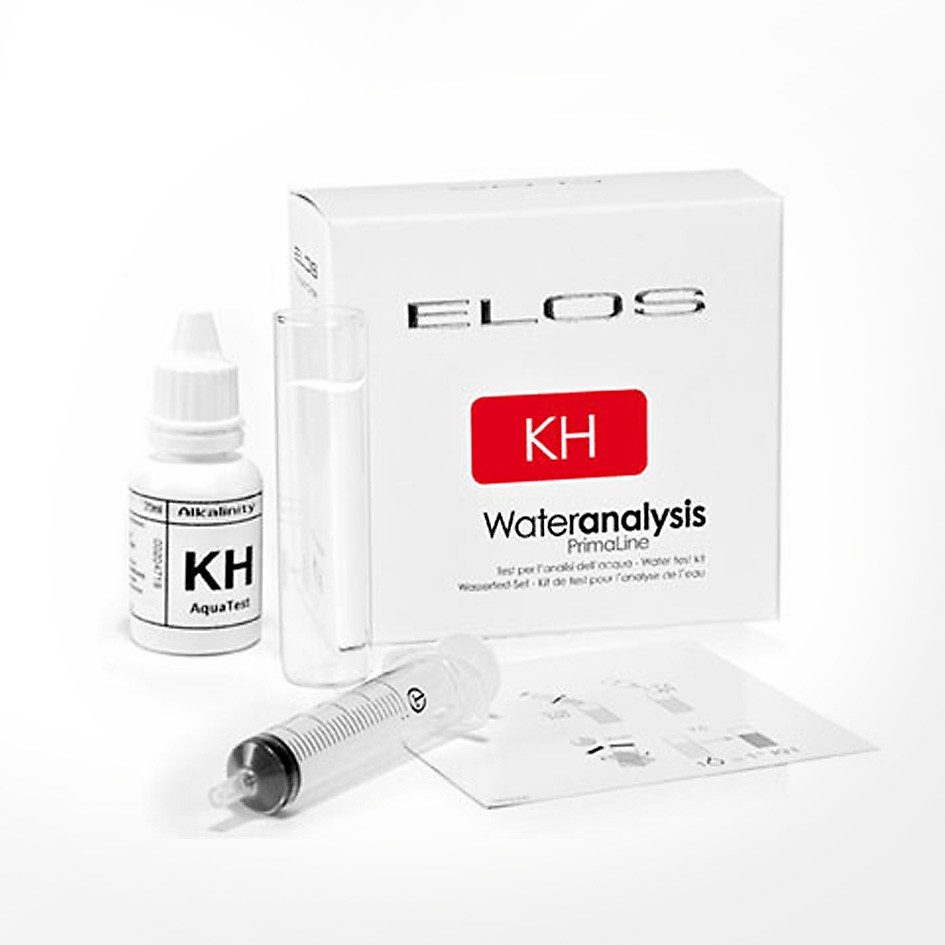
Alkalinity is basically a measurement of the amount of acid it takes to lower the pH. It is not actually an element like calcium, but more of a measurement of what it takes to make another measurement drop. Do not think too hard about that, please. The importance of knowing the extreme details of Alkalinity is not as important as knowing where and how to keep the particular Alkalinity parameter at. Alkalinity is best dosed right before the lights come on or when the pH is at its lowest.
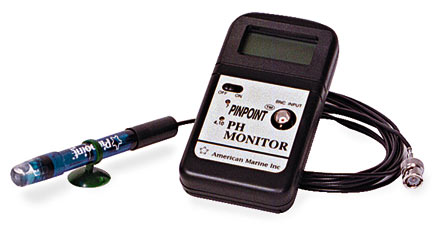
pH is the measurement of acidity or alkalinity and is also not an actual element but a parameter of another, in this case water. Therefore you may never add or subtract pH, but only alter it. The pH can be tested in water, coffee, vinegar, gasoline, cheese, wine, air…anything that has any type of moisture really, even batteries and sweat. Too much in either direction and you start getting into dangerous levels. Pulsing Xenia seem to pulse at their finest around a pH of 8.3, which makes a great visual monitor for checking the pH if you can keep up with the evasiveness of the animal. The pH is generally manipulated with dosing calcium and alkalinity. Alkalinity helps keep the pH from getting way too low at night.
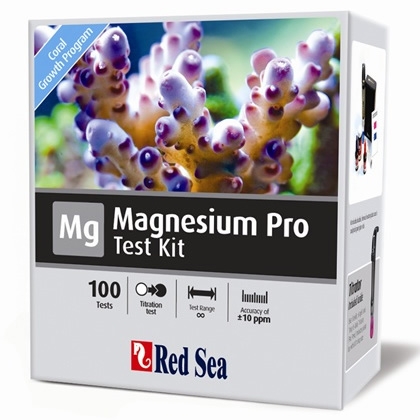
Magnesium is the underdog of parameters. Usually ignored, magnesium plays a very important role in keeping the Calcium and Alkalinity stable. If those two parameters are being impossible to maintain then you most likely have neglected magnesium. In the Sea, it is the 3rd most abundant element. The only two that out populate magnesium combine to make Salt; sodium and chloride. The amount of magnesium is generally three times the proper amount of calcium present. If the magnesium is too low then the calcium molecules precipitate and be of no use. If the magnesium is too high then it can have adverse effects on invertebrates down to the pods. Magnesium is the referee to the battle of Calc Vs Alk and cannot be ignored. Dosing Magnesium should be done between dosings of Calcium and alkalinity as needed.
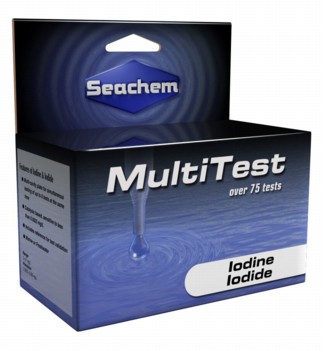
Iodide is one of the elements that are added with water changes. Not to be confused iodine, which has disinfectant properties like chlorine. Iodide is a form of iodine that corals seem to benefit from but we are unsure if it really does or if the corals just evolved to accept it. Replenished mainly in water changes, iodide is fairly quick to evaporate, especially in a protein skimmer. This is something that in seriously large amounts can harm animals. Though it may quickly evaporate, you should always test for it if you do think your tank consumes more than what the water changes provide. If you plan on dosing iodide make sure it is spaced out between other additives to reduce chances of any chemical reactions that may occur.
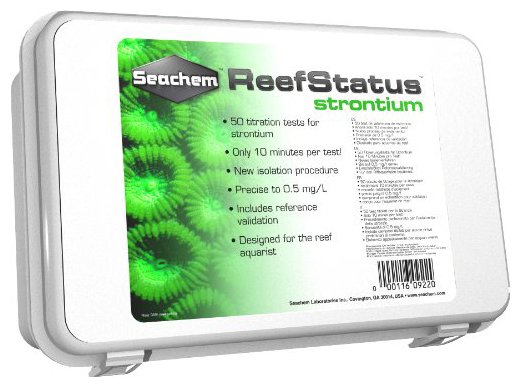
Strontium is molecularly similar to calcium and is even transported through the same pathways in lifeforms. It is one of the regrettably less studied additives as far as effects on corals. Increased or decreased calcification has been reported accordingly with use of strontium supplements depending on dosing amounts and it has even been found on Galaxy Coral Membranes. Until more research is done we rely on what we find present in the sea and go from there. For all we know, the corals may just put up with it. Also space dosing between other additives.
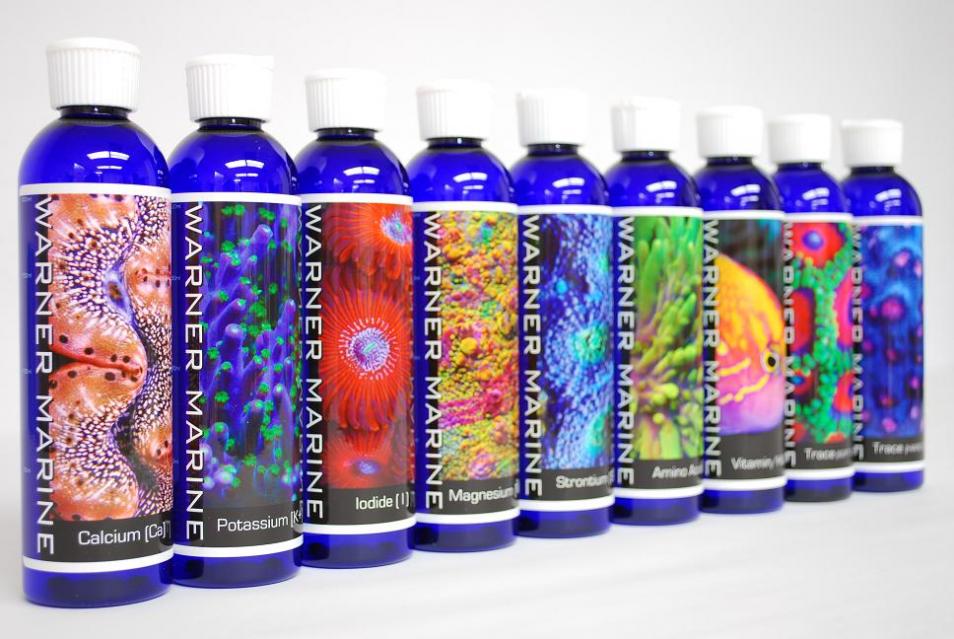
There are many more things on the market you can buy that are more advanced than the average reef tank needs. Things like Vitamin C, Kalkwasser, Iron, Molybdenum, and even Vodka. Do not drink and reef, folks. Now that you have a slight understanding about these supplements you can see if they are worth tampering with via dosing. Each supplement has more than enough information to fill a book, so stay tuned for those write ups as well! You already know more than enough to begin your journey into dosing or not dosing. Here is an easy to follow guide on dosing, and finding out if it is even necessary for your tank.
How to Dose, or Tell if You Even Need To:
STEP 1: KNOW YOUR REEF
What kind of corals do you have? SPS corals are hard as a rock and suck calcium out of the water like, well…water! LPS corals are also pretty demanding as far as dosing goes. A single head of Duncan Coral can quickly become a colony and require a lot more attention than it did at first. Softies are not so demanding, which is why we recommend starting with them if you are new to corals. Some require some extra care but the majority just consume what comes in the water changes. If you can, write down the names and sizes of each coral you have in its specific category.
What is your exact water volume? Adding rocks displaces water so a 100 gallon tank with 100 pounds of rock will not be at full volume. Do the math and get as close to exact as possible or you will risk over dosing. Under dosing is not quite as harmful, though you may not get as good growth as you would like.
STEP 2: LEARN THE DEMANDS
Soft Corals: This includes zoanthids, xenia, star polyps, leathers, mushrooms, and all non-skeletal growing coral. Some even place anemone in this category, but they are technically not corals. Most people that keep softies only rely solely on water changes for their elements and skip out on dosing. In most cases this is perfectly fine considering the growth rates of most of these corals. Keeping them slower is sometimes a good thing, especially with things like pulsing xenia that can easily overpower a reef in no time at all. Some people recommend dosing strontium or iodide, but the most successful way of dosing a softie tank is simply doing weekly 10% water changes. If you feel your reef is not growing then you will need to buy various tests until you find what parameters are actually out of whack and dose accordingly.
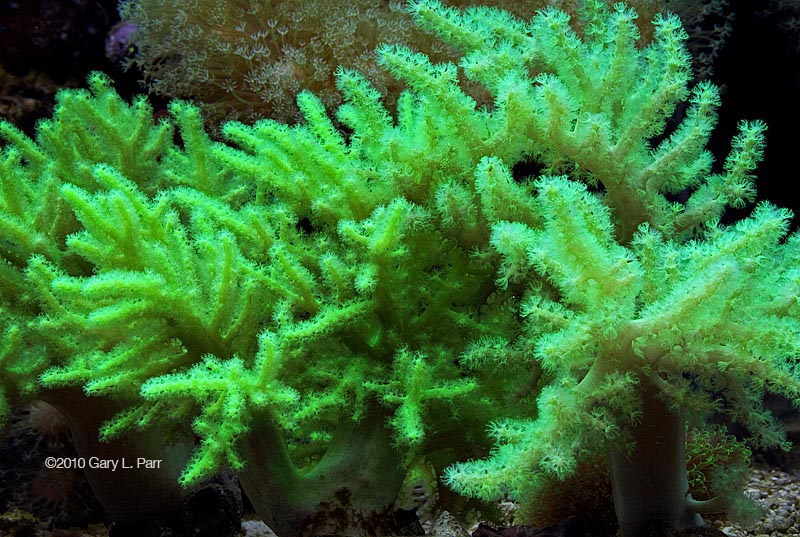
nephthea coral image via reef2reef member gparr
LPS coral require much more attention and in a tank full of them will consume more calcium and alkalinity will need to be maintained at a greater rate. Magnesium is another parameter to keep in check. Often it will be neglected and drop to extremely low levels that can take a while to safely bring up. Again, regular water changes will replace most of the “extras” in the water that the corals benefit from but heavily stocked tanks will require dosing if any readings stay too low. Calcium, Magnesium, and Alkalinity are a must for happy LPS corals.
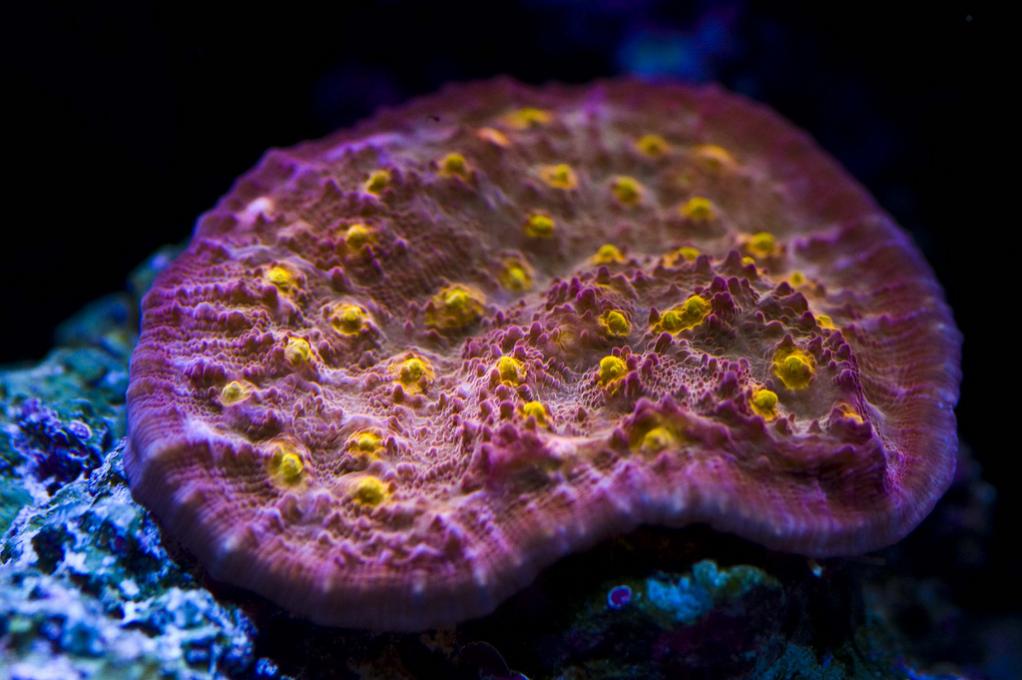
chalice coral image via reef2reef member DanRigle
SPS corals are the motherload of dosing suckers. SPS dominant tanks usually have constant supply of calcium via reactors or Kalkwasser in top-off water. Magnesium is also important for SPS as well. These are the three main parameters to keep up with via dosing. The others are, again, generally replaced in water changes. Unless you are using an Algae Turf scrubber and never do water changes you will probably not need to worry about dosing anything but Calcium, Alkalinity, and Magnesium as the rest is, you guessed it, added back in water changes.
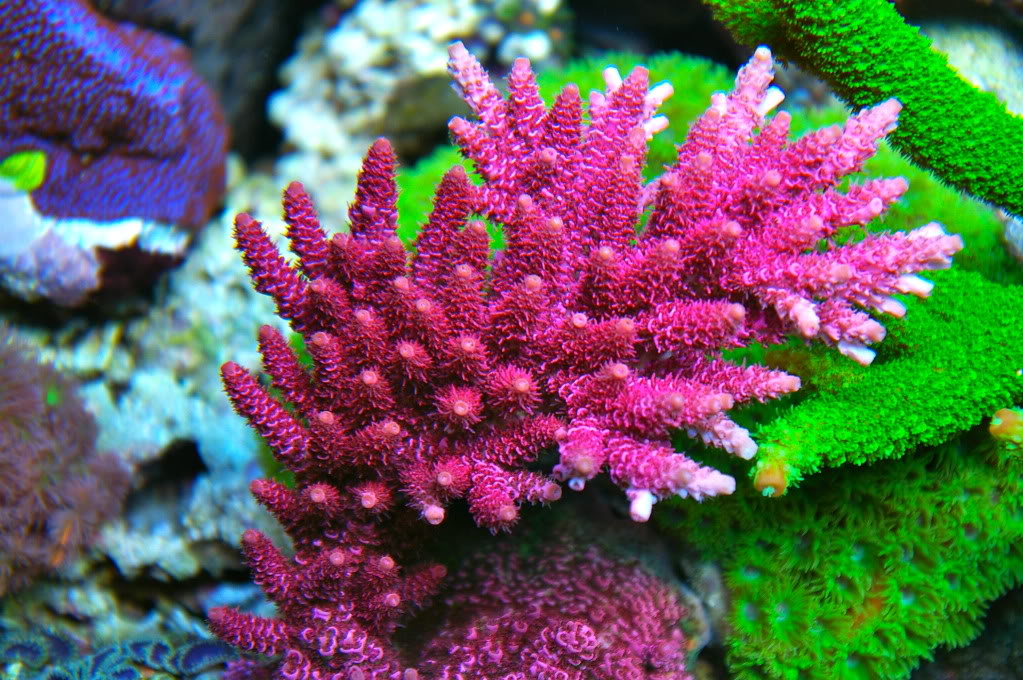
red planet sps coral image via reef2reef member MimicOcto8
With that said, it is up to you to determine if and how much to dose your tank. Softies are not very demanding while SPS are much more. A mix of LPS, SPS, and softies should be treated as an SPS for the most part. If you try to keep SPS in a softie only tank it is less likely to have enough calcium to grow like it should. Every tank in the world has different needs.
STEP 3: USE THE CHART
Now that you know what corals need what, you can use this chart as a reference point for balancing the levels. In a tank that is kept up 100% on each parameter you will notice extreme growth in every aspect. The corals will grow larger faster and the glass will even get purple at rates that can get frustrating at times, though this is a sign you have a thriving tank!
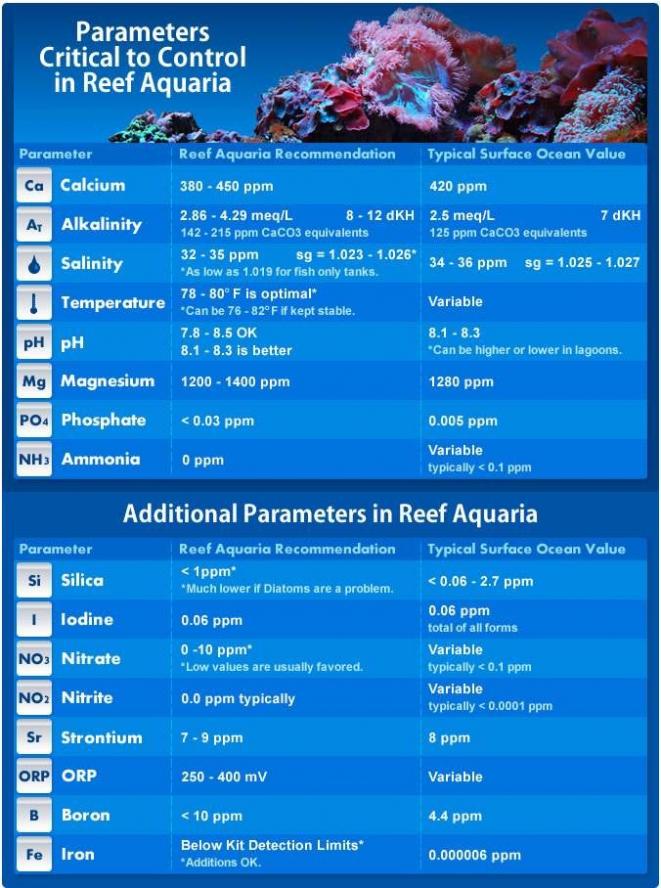
image via MarineDepot.com
STEP 4: BASELINE TEST
With all of your handy test kits you can get a picture of your levels before you make a dosing schedule for your tank. Knowing what your tank consumes will help you estimate the daily dosages your tank will require. You will need to first test your non-dosed water. Add what is needed until you reach your desired range. Once you have achieved near perfect parameters you can record these as your Baseline Parameters.
EACH SUPPLEMENT REQUIRES DIFFERENT LEVELS AND EACH BRAND HAS ITS OWN SPECIFIC INSTRUCTIONS ON ACHIEVING THESE LEVELS. THERE IS NO STANDARD DOSING AMOUNT THAT APPLIES TO ALL SUPPLEMENTS AND THEREFORE WILL REQUIRE ATTENTION. AGAIN, NEVER DOSE WHAT YOU DO NOT HAVE A TEST KIT FOR. THERE ARE CHARTS AVAILABLE TO ASSIST YOU ON MANUFACTURERS WEBSITES OR THE R2R FORUM.
STEP 5: TRACK CONSUMPTION
Once you have your baseline parameters you will need to know how much your corals consume in a week. The easiest way to figure this out is to wait one week after you perfect your levels and take another test. Subtract the new test from the baseline test and there you have it! If you want a daily average just divide the difference by seven. You can now set your dosing schedule or pump to the proper amounts. It is a good idea to retest your consumption levels every few months as the corals grow. A larger colony will consume more than it did when it was a tiny frag and as you buy corals the consumption increases as well.
STEP 6: MAINTAINING PARAMETERS
To keep up with the consumption there are various things you can do. Manual dosing is simply adding however much of what by hand (or foot if you trained your monkey to do it). This is best for tanks that fluctuate like frag tanks where you may have 50 corals one day and 200 the next. The next best thing is to have a set amount that you want dosed and program a dosing pump to drip the supplements of choice slowly, which helps to not shock corals and spike levels, though if you forget to reset the amounts appropriately and you sell half your corals you will overdose your water. Alternatives to dosing pumps would be various forms of dripping. IV’s are a popular one since they are used in medical practice, which requires extreme accuracy, but you can make your own version very easily. Last, but not least, is using a controller to operate a dosing pump only when needed. This is a fairly accurate way to maintain parameters like Calcium and Alkalinity but can potentially mess up from time to time due to bad test probes or even clogged pipes or hoses, and nobody wants a clogged pipe.
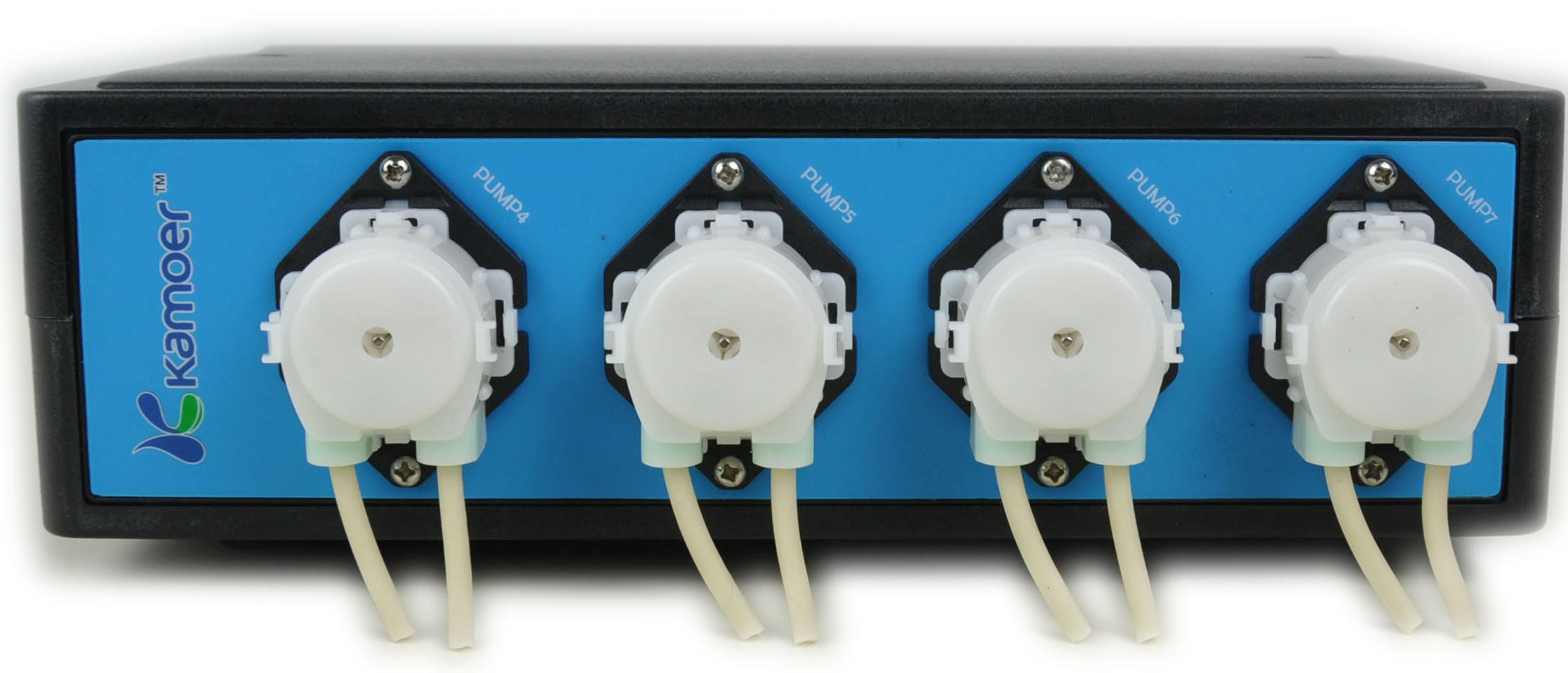
auto doser
STEP 7: ENJOY YOUR REEF
After your tank is stable and you have a steady dosing/testing regime you will notice a complete change in life. Things will grow faster, brighter, and much more happily. With good enough parameters you could potentially turn dosing the tank into dosing your bank account with frag sales when the frags turn to overgrown mother colonies! Again, read the labels, only dose what you can test for, and keep changing your water on a regular basis. If you need assistance we are here to help at the (CHEMISTRY FORUM). Get your dose of dosing right now!
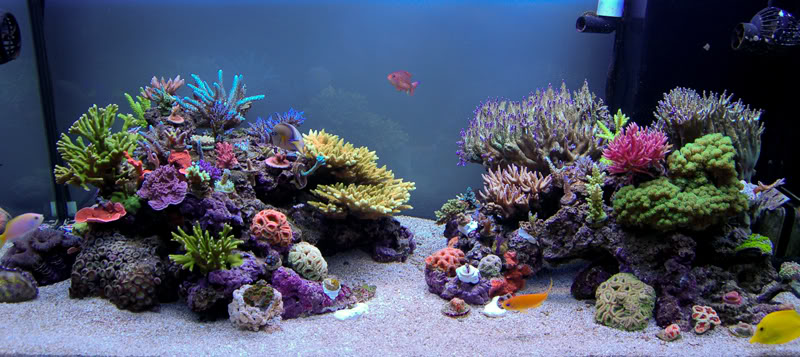
SunnyX 225g Reef
Comments are closed.
